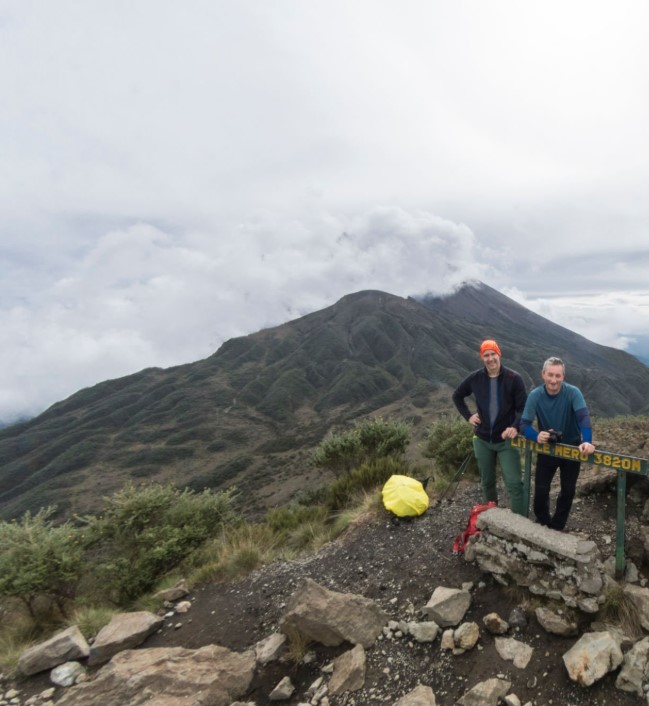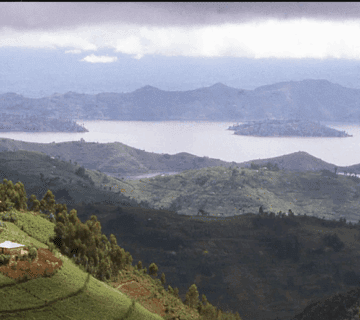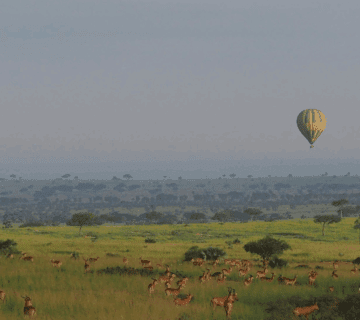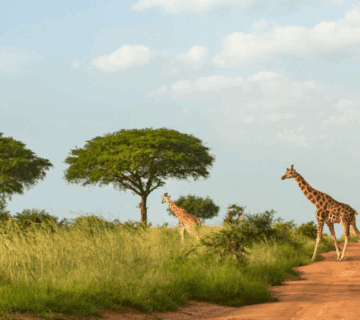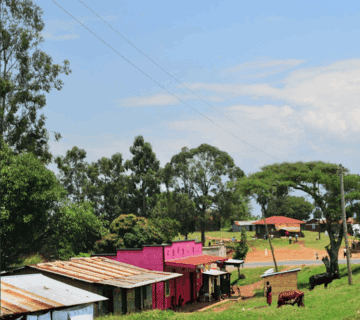What Gear Do I Need for Mount Meru Trekking? A Practical & Inspirational Guide

Mount Meru might not enjoy the same global fame as its majestic neighbor Kilimanjaro, but for those in the know, this dormant volcano in northern Tanzania offers an equally awe-inspiring, soul-touching trekking experience. Rising to 4,566 meters, Mount Meru is the second-highest mountain in Tanzania and a superb warm-up climb for Kilior a standalone adventure for trekkers craving untamed beauty, wildlife encounters, and fewer crowds.
But before you set foot on its rugged trails, you might find yourself asking: What gear do I need for Mount Meru trekking? The right gear can make or break your trek keeping you warm when the altitude bites, dry when the rains sneak in, and strong when the mountain tests your limits.
Whether you’re a seasoned hiker or a first-time high-altitude adventurer, this guide shares exactly what to pack, based on real trekking experiences, so you feel confident, prepared, and truly connected to your journey.
Why Mount Meru is Worth Every Step
Before we dive into the gear list, it’s important to understand what makes Mount Meru special and how that influences what you’ll need to bring.
Unlike Kilimanjaro, Meru’s climb begins deep in Arusha National Park. You’ll walk through lush rainforests, spot giraffes, buffaloes, and even colobus monkeys along the way. You’ll cross misty ridgelines with views into the stunning volcanic crater, and summit at sunrise with dramatic views of Kilimanjaro in the distance.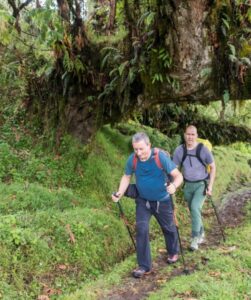
It’s a trek that moves from warmth to chill, comfort to challenge, and back to exhilaration. Your gear should mirror this variety adaptable, light, and functional.
Essential Gear for Mount Meru Trekking
Here’s a complete list of the essential gear you need for Mount Meru, broken down into categories that reflect the terrain and climate you’ll encounter.
1. Clothing: Layer Up for Changing Weather
Mount Meru’s elevation gain means you’ll experience different climate zones, from tropical forest to alpine desert. Layering is key.
-
Base Layers
Moisture-wicking thermal underwear (top and bottom). Merino wool or synthetic material is best. Avoid cotton it retains moisture and chills the body. -
Insulation Layer
A warm fleece or down jacket for the higher altitudes and chilly evenings. -
Outer Shell
Waterproof and windproof jacket and pants. Gore-Tex or similar breathable materials are ideal. -
Hiking Pants and Shirts
Convertible hiking pants (zip-offs) and long-sleeve trekking shirts for sun and insect protection. -
Warm Hat and Gloves
Thermal gloves and a fleece or wool hat for summit day. A neck gaiter or buff is great for wind protection. -
Trekking Socks
At least 3–4 pairs of moisture-wicking socks. Merino wool is excellent for warmth and comfort. -
Gaiters (optional)
Helpful for keeping mud, rocks, and dust out of your boots.
2. Footwear: Trust Your Feet
-
Hiking Boots
Sturdy, waterproof, and well-broken-in boots with good ankle support are essential. Don’t wear them for the first time on the mountain. -
Camp Shoes
Lightweight sandals or slip-ons for wearing at camp after a long day of hiking.
3. Backpacks and Bags
-
Daypack (25–35L)
You’ll carry this during the trek. It should fit water, snacks, rain gear, and layers. A waist strap helps distribute weight. -
Duffel Bag (70–90L)
This is carried by porters. Use a soft duffel with a waterproof cover, and keep your items in packing cubes or dry sacks for organization. -
Rain Covers
Both your daypack and duffel should have rain protection.
4. Sleeping Gear
-
Sleeping Bag
A 3-season or 4-season sleeping bag rated to -10°C (14°F) or lower. Evenings can be cold at higher camps. -
Sleeping Mat
Some trekking operators provide mats, but confirm in advance. Bring an inflatable pad for extra comfort if needed. -
Travel Pillow (optional)
A small inflatable or compressible pillow can improve your sleep.
5. Hydration and Nutrition
-
Water Bottles and/or Hydration Bladder (2–3L)
Staying hydrated at altitude is critical. Insulated bottles help prevent freezing during summit day. -
Water Purification Tablets or Filter
While water is boiled at camps, having your own purification method adds an extra layer of safety. -
High-Energy Snacks
Trail mix, energy bars, dried fruit, and chocolate. Local meals are hearty, but your favorite snacks are perfect fuel between meals.
6. Toiletries and Health Essentials
-
Toilet Paper (in a ziplock bag)
Essential. Camps usually have basic toilets but no toilet paper. -
Wet Wipes & Hand Sanitizer
Hygiene is key when showers aren’t available. -
Sunscreen & Lip Balm (SPF 30+)
The UV rays at high altitude can be intense. -
Basic First Aid Kit
Include painkillers, altitude medication (consult your doctor), blister pads (like Compeed), and any personal prescriptions.
7. Miscellaneous But Important
-
Headlamp with Extra Batteries
Crucial for summit day and nighttime use in camps. -
Trekking Poles
Invaluable for balance and reducing stress on knees, especially on the descent. -
Sunglasses (UV400 protection)
Essential for sun glare at higher altitudes. -
Camera or Smartphone
The views from Meru’s summit are magical. Don’t forget extra batteries or a portable power bank. -
Notebook or Journal
Jotting down your thoughts, reflections, or sketches can be a beautiful way to remember the journey.
Optional (But Worth It)
-
Earplugs
Camps can be noisy snoring tentmates or wind in the trees. -
Travel Towel
Lightweight and quick-drying for freshening up. -
Binoculars
For spotting wildlife during the lower forest hikes.
Packing Tips from Real Trekkers
“I underestimated how cold it would be at Saddle Hut before summit night. Luckily, I had packed extra thermals. It made all the difference.” Claire M., UK
“I can’t stress how important good boots and poles are. On the way down from the summit, my knees were grateful for the support.” Jackson L., USA
“Snacks! I brought a stash of energy chews and protein bars. They kept me going between meals, especially when my appetite dipped at altitude.” Amina K., Kenya
Final Thoughts: Less is More, But the Right “More” is Key
Trekking Mount Meru isn’t about having the most expensive gear it’s about having the right gear. Think comfort, practicality, and weather-resilience. The mountain will challenge you, but it will also reward you with raw beauty, quiet reflection, and the profound joy of standing atop a volcanic summit with the world below.
When you pack wisely, you hike freely. Your mind opens, your body adapts, and your soul soars.
So now that you know exactly what gear you need for Mount Meru trekking, all that’s left is to lace up your boots, take a deep breath, and start the journey.
Ready to Trek?
Let this be your sign: Mount Meru is calling, and with the right gear in your pack, you’ll be more than ready to answer.

